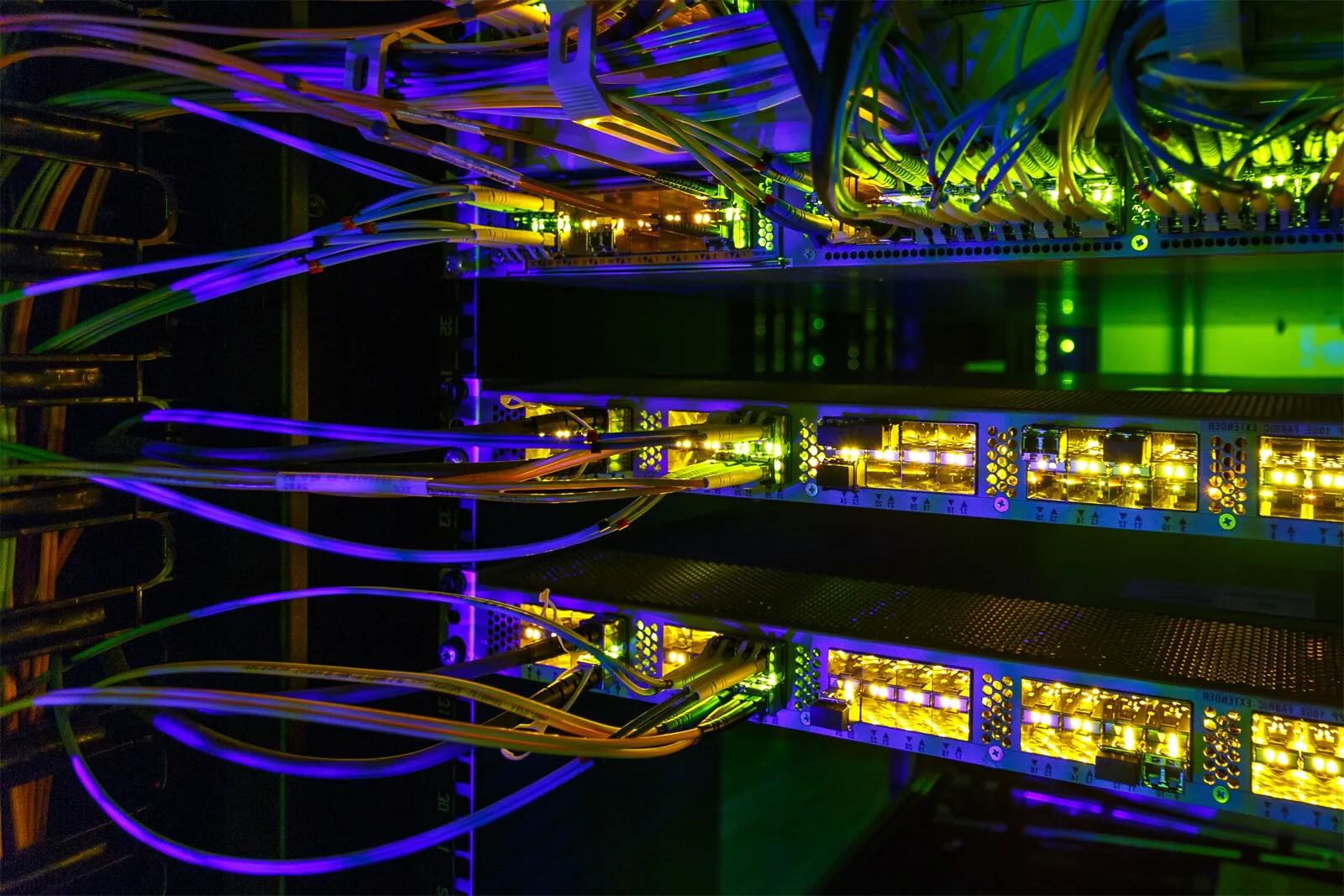
What is a LAN? A LAN, or Local Area Network, connects computers within a limited area like a home, school, or office. LANs enable devices to share resources such as files, printers, and internet connections. They are typically faster and more secure than wider networks like the internet. LANs can be wired, using Ethernet cables, or wireless, using Wi-Fi. Ethernet is the most common technology for wired LANs, while Wi-Fi is popular for wireless setups. LANs are essential for gaming, business operations, and home networking. Understanding LANs can help you set up a more efficient and secure network at home or work.
What is LAN?
A Local Area Network (LAN) connects computers within a limited area like a home, school, or office. It allows devices to communicate and share resources.
- LANs typically cover a small geographic area, usually within a single building or a group of buildings.
- They enable high-speed data transfer between connected devices, often reaching speeds up to 1 Gbps or more.
- Ethernet cables are commonly used to connect devices in a LAN, providing a stable and fast connection.
- Wireless LANs (WLANs) use Wi-Fi to connect devices without cables, offering more flexibility but sometimes less speed.
- LANs often include a central device like a router or switch to manage network traffic and connect to the internet.
History of LAN
Understanding the history of LANs helps appreciate their evolution and significance in modern computing.
- The concept of LANs emerged in the 1960s with the development of early computer networks.
- The first LAN was created at the University of Hawaii in 1971, known as ALOHAnet.
- Ethernet, the most widely used LAN technology, was developed by Xerox PARC in the 1970s.
- The IEEE 802.3 standard, which defines Ethernet, was published in 1983, standardizing LAN technology.
- The introduction of Wi-Fi in the late 1990s revolutionized LANs by enabling wireless connectivity.
Components of a LAN
Several key components make up a LAN, each playing a crucial role in its functionality.
- Network Interface Cards (NICs) are installed in devices to connect them to the LAN.
- Switches are used to connect multiple devices within a LAN, directing data to the correct destination.
- Routers connect LANs to other networks, including the internet, and manage data traffic between them.
- Access points provide wireless connectivity in a WLAN, allowing devices to connect without cables.
- Cables, such as Ethernet cables, physically connect devices in a wired LAN, ensuring stable data transfer.
Benefits of LAN
LANs offer numerous advantages, making them essential for many organizations and households.
- They enable resource sharing, such as printers and files, reducing costs and increasing efficiency.
- LANs improve communication within an organization by allowing instant messaging and file sharing.
- They enhance security by allowing centralized control over network access and data protection.
- LANs support collaborative work by enabling multiple users to access and work on the same files simultaneously.
- They provide a reliable and fast connection, essential for tasks requiring high bandwidth, like video conferencing.
Common Uses of LAN
LANs are used in various settings, each benefiting from their unique capabilities.
- In homes, LANs connect devices like computers, smartphones, and smart TVs, enabling internet access and media sharing.
- Schools use LANs to connect computers in classrooms and labs, facilitating digital learning and resource sharing.
- Offices rely on LANs for internal communication, file sharing, and access to shared resources like printers and servers.
- LANs are crucial in data centers, connecting servers and storage devices to manage and process large amounts of data.
- Gaming centers use LANs to connect gaming consoles and PCs, providing a seamless multiplayer gaming experience.
The Final Word on LAN
LANs, or Local Area Networks, are the backbone of modern computing. They connect devices within a limited area, like homes, schools, or offices, making data sharing and communication a breeze. Ethernet is the most common technology used in LANs, ensuring fast and reliable connections. Wi-Fi has also become a staple, offering wireless convenience. LANs can be wired, wireless, or a mix of both, depending on the needs of the users. They play a crucial role in gaming, business operations, and everyday internet use. Understanding LANs helps you appreciate the seamless connectivity we often take for granted. Whether you're a tech enthusiast or just curious, knowing these facts about LANs can give you a better grasp of how our digital world stays connected. So next time you browse the web or play an online game, remember the humble LAN making it all possible.
Was this page helpful?
Our commitment to delivering trustworthy and engaging content is at the heart of what we do. Each fact on our site is contributed by real users like you, bringing a wealth of diverse insights and information. To ensure the highest standards of accuracy and reliability, our dedicated editors meticulously review each submission. This process guarantees that the facts we share are not only fascinating but also credible. Trust in our commitment to quality and authenticity as you explore and learn with us.
